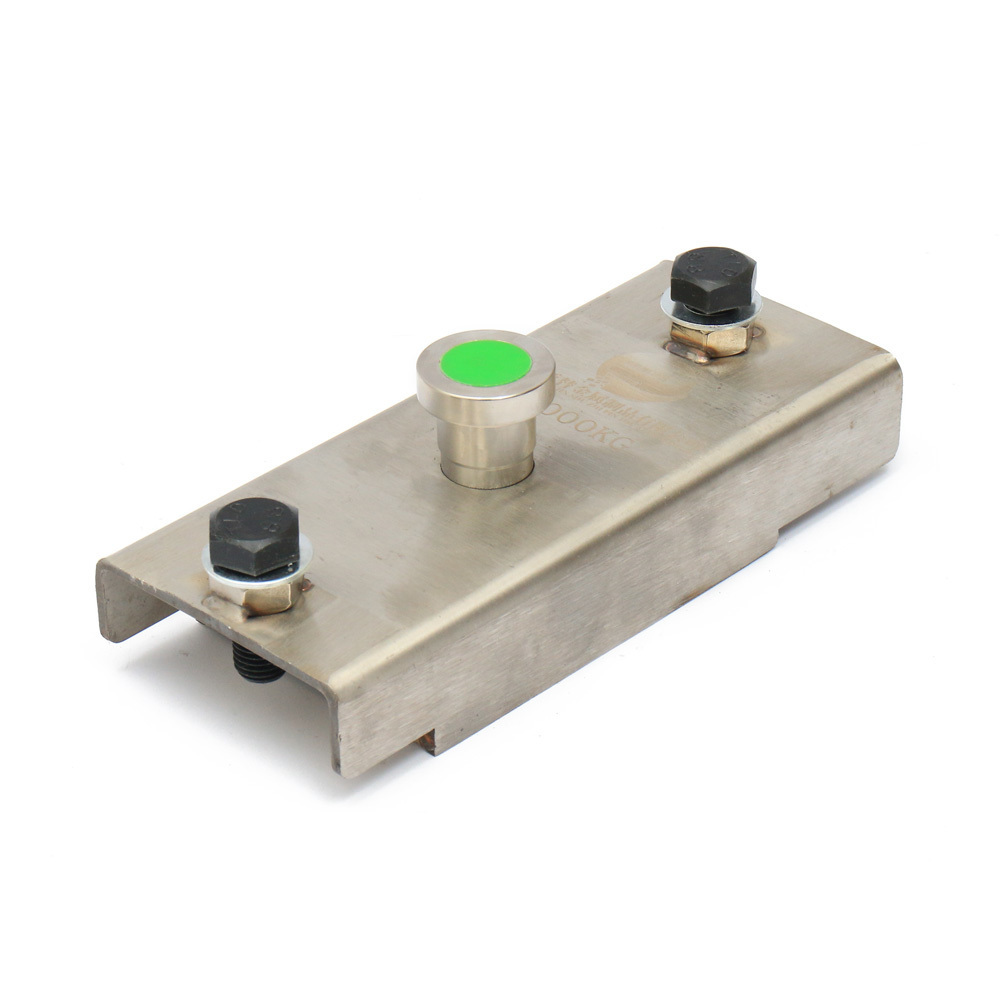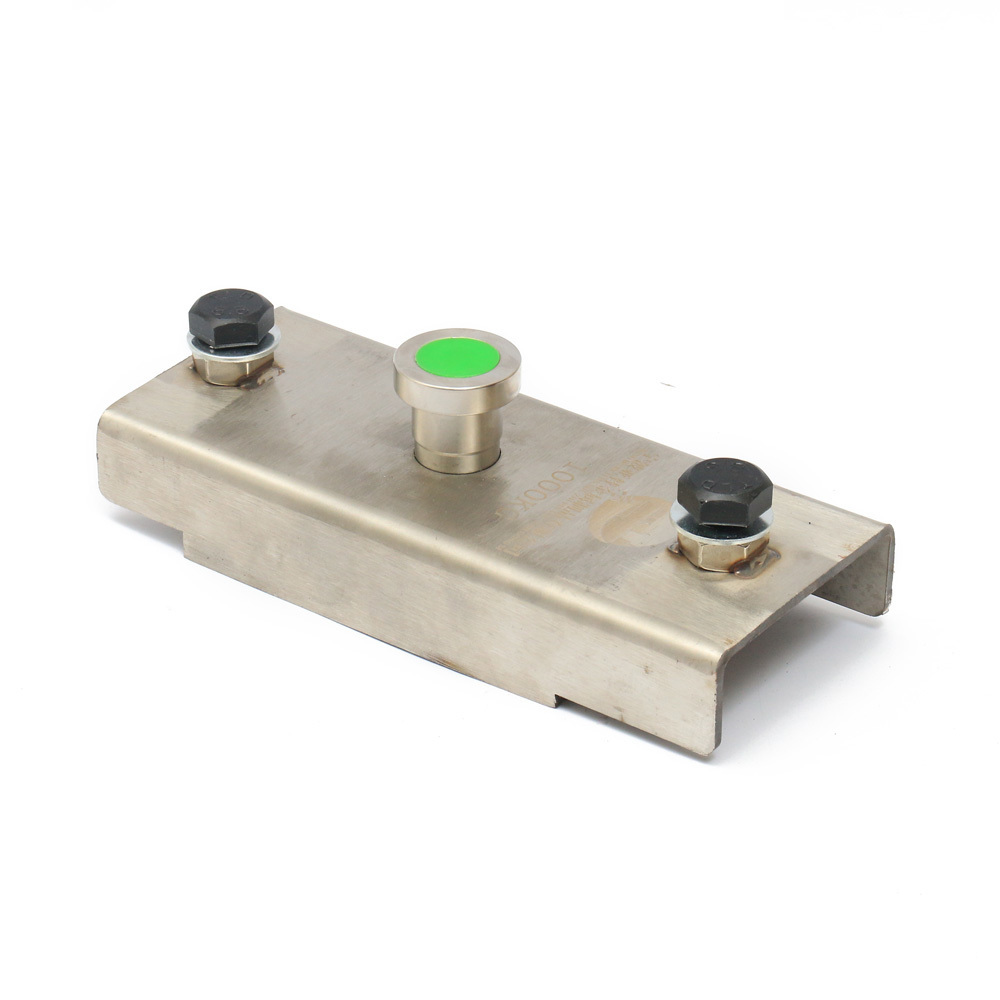Achieving Cost Efficiency with Precast Magnets in Electrical Applications
Achieving Cost Efficiency with Precast Magnets in Electrical Applications Table of Contents Introduction to Precast Magnets Benefits of Using Precast Magnets Applications of Precast Magnets in Electrical Engineering How Precast Magnets Enhance Cost Efficiency Design and Manufacturing of Precast Magnets Sustainability in Electrical Applications with Precast Magnets Futu
Achieving Cost Efficiency with Precast Magnets in Electrical Applications
Table of Contents
- Introduction to Precast Magnets
- Benefits of Using Precast Magnets
- Applications of Precast Magnets in Electrical Engineering
- How Precast Magnets Enhance Cost Efficiency
- Design and Manufacturing of Precast Magnets
- Sustainability in Electrical Applications with Precast Magnets
- Future Trends in Precast Magnet Technology
- Conclusion
- FAQs about Precast Magnets in Electrical Applications
Introduction to Precast Magnets
Precast magnets have emerged as a revolutionary component in the electrical sector, offering a multitude of advantages over traditional magnetic materials. These magnets are engineered using advanced technologies, which allow for precise control over their magnetic properties and shapes. This unique manufacturing method not only enhances performance but also contributes to significant cost savings in various applications.
In this article, we will delve into the intricacies of precast magnets, exploring their benefits, applications, and how they can be utilized to achieve remarkable cost efficiency in electrical applications.
Benefits of Using Precast Magnets
Utilizing precast magnets in electrical applications comes with numerous benefits that can significantly improve functionality and reduce operational costs. Here are some of the key advantages:
1. Enhanced Performance
Precast magnets are manufactured with precision, allowing for customized shapes and magnetic fields tailored to specific applications. This customization leads to improved performance in electrical devices, ensuring they operate at optimal efficiency.
2. Weight Reduction
Compared to conventional magnetic materials, precast magnets can be designed to be lighter without compromising strength. This reduction in weight helps in minimizing the overall weight of electrical devices, making them easier to handle and install.
3. Cost-Effectiveness
The ability to produce precast magnets in bulk can lead to lower production costs. Additionally, their efficient performance translates to reduced energy consumption, ultimately leading to lower operational costs.
4. Versatile Applications
Precast magnets can be used in a wide array of applications, ranging from motors and generators to sensors and transformers. This versatility makes them suitable for various sectors within the electrical industry.
Applications of Precast Magnets in Electrical Engineering
The versatility of precast magnets allows them to be integrated into numerous electrical applications. Here are some notable examples:
1. Motors and Generators
In electric motors and generators, precast magnets play a crucial role in enhancing efficiency and performance. By providing a strong and consistent magnetic field, they help improve the overall output and longevity of these machines.
2. Magnetic Sensors
Precast magnets are essential components in magnetic sensors, which are widely used in automotive, aerospace, and consumer electronics. Their precise magnetic properties enable accurate sensing capabilities, leading to improved safety and functionality.
3. Transformers
Transformers benefit significantly from precast magnets as they improve the magnetic coupling and minimize energy losses. This enhancement leads to better performance in power distribution systems.
4. Magnetic Levitation Systems
In advanced applications such as magnetic levitation systems, precast magnets are utilized to create stable and powerful magnetic fields. This technology is pivotal in transportation systems like maglev trains, which offer high-speed travel with reduced friction.
How Precast Magnets Enhance Cost Efficiency
Achieving cost efficiency is a primary goal for any electrical application, and precast magnets contribute significantly in several ways:
1. Reduced Material Waste
The manufacturing process of precast magnets allows for minimal waste, as materials can be optimized during production. This efficiency lowers the overall cost of raw materials used in electrical applications.
2. Lower Energy Consumption
Precast magnets are designed for high efficiency, which means that devices utilizing them consume less energy during operation. This reduced energy consumption translates to lower utility bills and a smaller carbon footprint.
3. Extended Lifespan
The durability of precast magnets ensures that they maintain their magnetic properties over time, reducing the need for replacements or repairs. This longevity helps in minimizing maintenance costs and extending the overall lifespan of electrical devices.
4. Simplified Manufacturing Processes
The ability to produce precast magnets in a single manufacturing step simplifies the production process. This efficiency can lead to shorter lead times and reduced labor costs, further enhancing overall cost efficiency.
Design and Manufacturing of Precast Magnets
The design and manufacturing of precast magnets involve sophisticated technologies that ensure their superior performance. Understanding these processes can provide insights into their effectiveness in electrical applications.
1. Advanced Material Selection
Selecting the right materials is crucial in creating high-performance precast magnets. Manufacturers often utilize high-energy density materials that enhance magnetic performance while maintaining cost efficiency.
2. Precision Engineering
The precision engineering techniques used in the production of precast magnets allow for fine-tuning of magnetic properties and dimensions. This accuracy is essential for ensuring that the magnets meet specific application requirements.
3. Innovative Manufacturing Techniques
Innovative techniques such as 3D printing and injection molding are increasingly being used in the production of precast magnets. These methods not only enhance the quality of the magnets but also streamline the manufacturing process.
4. Quality Assurance
Quality assurance measures are imperative in the production of precast magnets. Rigorous testing and inspection processes ensure that each magnet meets the highest standards of performance and reliability, thus contributing to overall cost efficiency.
Sustainability in Electrical Applications with Precast Magnets
In today's eco-conscious world, sustainability is a key consideration in all industries, including electrical engineering. Precast magnets promote sustainable practices in several ways:
1. Environmentally Friendly Manufacturing
The production of precast magnets often utilizes environmentally friendly materials and methods, reducing the ecological impact. Minimizing waste during manufacturing aligns with global sustainability goals.
2. Energy Efficiency
Incorporating precast magnets into electrical applications leads to energy-efficient devices. This efficiency not only lowers operational costs but also contributes to reduced greenhouse gas emissions.
3. Lifespan and Reusability
Due to their durability, precast magnets have a longer lifespan, which means less frequent replacements. This longevity supports sustainability efforts by reducing the need for new materials and minimizing waste.
Future Trends in Precast Magnet Technology
As technology continues to evolve, the future of precast magnets looks promising. Here are some trends that are expected to shape the industry:
1. Integration with Smart Technologies
The integration of precast magnets with smart technologies such as IoT (Internet of Things) will enable enhanced monitoring and control of electrical devices, leading to improved efficiency and performance.
2. Advancements in Material Science
Ongoing research in material science is likely to yield new materials that enhance the performance of precast magnets, making them even more efficient and cost-effective.
3. Customization and Modular Designs
In the future, we can expect a rise in customization and modular designs for precast magnets, allowing for tailored solutions that meet specific industry needs.
4. Increased Focus on Sustainability
As sustainability continues to be a priority, manufacturers will increasingly focus on creating eco-friendly precast magnets that support green initiatives in electrical applications.
Conclusion
Precast magnets represent a significant advancement in the electrical industry, providing enhanced performance, versatility, and cost efficiency. By understanding their applications, benefits, and manufacturing processes, we can appreciate their pivotal role in modern electrical engineering. As we move toward a more sustainable future, precast magnets will undoubtedly continue to play a crucial role in shaping efficient and environmentally friendly electrical applications.
FAQs about Precast Magnets in Electrical Applications
1. What are precast magnets?
Precast magnets are specialized magnetic materials manufactured using advanced techniques, allowing for precise control over their magnetic properties and shapes.
2. How do precast magnets improve cost efficiency?
Precast magnets enhance cost efficiency by reducing material waste, lowering energy consumption, and extending the lifespan of electrical devices.
3. What applications commonly use precast magnets?
Precast magnets are used in various applications, including electric motors, magnetic sensors, transformers, and magnetic levitation systems.
4. Are precast magnets environmentally friendly?
Yes, the production of precast magnets often incorporates environmentally friendly materials and manufacturing methods that support sustainability.
5. What future trends can we expect in precast magnet technology?
Future trends may include increased integration with smart technologies, advancements in material science, customization, and a greater focus on sustainability.
MORE
16 Aug,2025
Achieving Cost Efficiency with Precast Magnets in Electrical Applications
Achieving Cost Efficiency with Precast Magnets in Electrical Applications
Table of Contents
Introduction to Precast Magnets
Benefits of Using Precast Magnets
Applications of Precast Magnets in Electrical Engineering
How Precast Magnets Enhance Cost Efficiency
Design and Manufacturing of Precast Magnets
Sustainability in Electrical Applications with Precast Magnets
Futu
DETAILS
15 Aug,2025
Reusable shuttering magnet: An efficient and precise solution for precast concrete fixing
Reusable shuttering magnets typically consist of a high-strength permanent magnet within a steel casing and feature a convenient mechanical switch.
DETAILS


